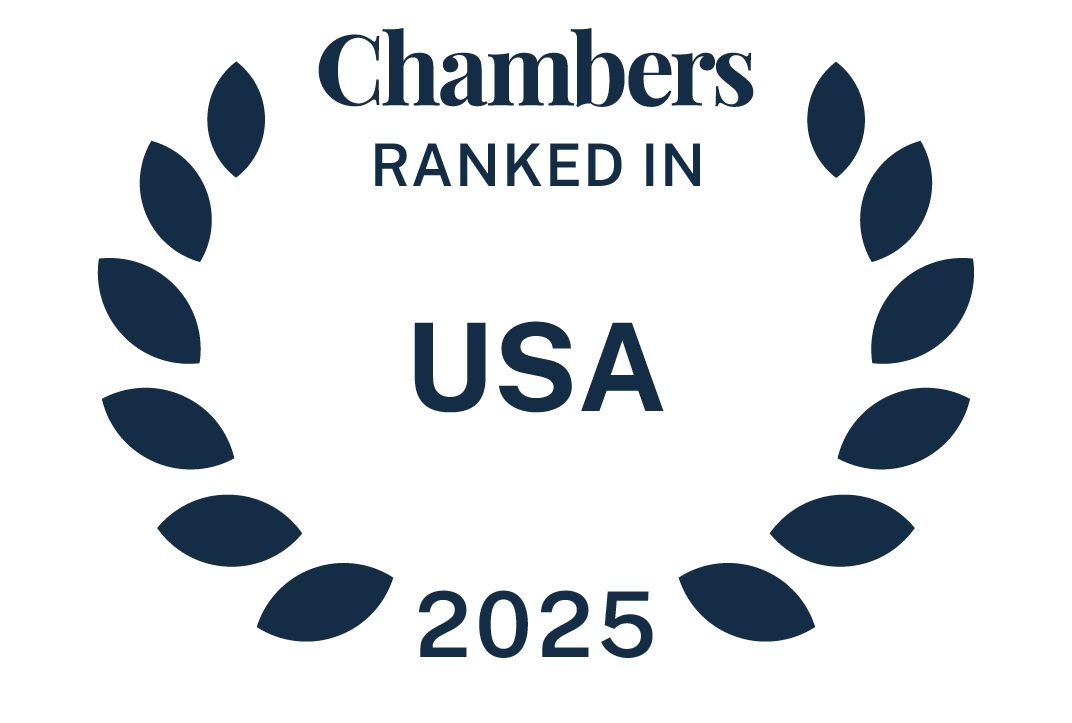For the first time since the Department of Justice Antitrust Division (DOJ) published non-horizontal merger guidelines in 1984, the DOJ and Federal Trade Commission (FTC) issued updated Vertical Merger Guidelines to explain how the antitrust agencies analyze vertical mergers. The guidelines were published in draft on January 10, 2020, and are now open for a 30-day public comment period.
WHAT HAPPENED:
The DOJ and FTC released draft guidelines outlining the principal analytical techniques, practices and enforcement policies the antitrust agencies will use to analyze vertical mergers and acquisitions. Vertical mergers combine firms or assets that operate at different stages of the same supply chain. For example, vertical mergers or acquisitions could combine companies such as:
- a satellite maker and a payload provider;
- an automaker and an aluminum supplier;
- an automaker and an automotive retailer;
- a filmmaker and a cable television company; or
- a pharmaceutical company and a chemical company making active pharmaceutical ingredients.
The merging companies do not compete with each other, but rather work with each other through the supply of inputs, distribution or other business services. The draft guidelines are relatively limited in scope and do not significantly expand the theories and issues that US antitrust regulators have been applying to vertical mergers for several years. That said, having these theories on paper will provide helpful guideposts in assessing potential transactions. At the FTC, the two Democratic Commissioners abstained from voting to release the guidelines, issuing Dissenting Statements instead.
The draft guidelines rely on the well-established principles in the Horizontal Merger Guidelines on how to define product markets and measure concentration levels. The guidelines establish a safe harbor if the companies have a share of less than 20% in the relevant market(s), but set no presumption of anticompetitive harm if market shares are higher than that. The focus of these new draft vertical merger guidelines is on the competitive effects analysis and not on shares or any formulaic assessment. The basic concern is whether combining two companies at different levels in a supply chain will enable the combined company to lessen competition at one of the levels.
Unilateral Effects
First, the guidelines discuss potential unilateral anticompetitive effects from vertical mergers under two theories: (1) foreclosure/raising rivals’ costs and (2) access to competitively sensitive information.
- Raising rivals costs / foreclosure. The first theory suggests that “[a] vertical merger may diminish competition by allowing the merged firm to profitably weaken . . . one or more of its actual or potential rivals in the relevant market by changing the terms of those rivals’ access to one or more related products.” Alternatively, the merged firm could refuse to supply rivals altogether, foreclosing their access to a necessary product or service. The guidelines lay out the following key conditions for a foreclosure theory:
- The foreclosure makes it more difficult for the company that is foreclosed to compete effectively.
- The newly merged firm is likely to win more business if it denies or disadvantages the input to its rival.
- The merger makes the foreclosure strategy profitable, when it would not have been premerger.
- The impact is meaningful and not de minimis.
- Information sharing. The second theory suggests that in a “vertical merger, the combined firm may, through the acquisition, gain access to and control of sensitive business information about its upstream or downstream rivals that was unavailable to it before the merger.” The mere fact of information access is not sufficient to cause competitive concern, but where the exchange of information may lead a company to reduce R&D spending or take other actions that lessen competition, then the exchange can be viewed as having an anticompetitive effect. This is a common issue the regulators have historically resolved by imposing a consent decree requiring firewalls to prevent anticompetitive effects. The continued viability of these types of firewalls is in question because the DOJ has made it a firm policy to insist on structural remedies (i.e., divestitures) rather than conduct remedies such as firewalls.
Today, these are already the two primary theories that antitrust regulators analyze when determining if a vertical merger raises competitive issues. With respect to foreclosure and raising rivals’ costs, the guidelines note that that there are different models to measure competitive effects and that these effects do not depend on product market definition. This focus on competitive effects continues the theme from the horizontal merger guidelines of looking at outcomes to help define the product market.
Coordinated Effects
Second, the vertical merger guidelines discuss how vertical mergers may reduce competition through coordinated effects by, for example, enabling the sharing of confidential information. This could occur if a manufacturer of components (e.g., aluminum body sheet) and maker of final products (e.g., an automaker) merged and the component manufacturer supplies rival makers of final products. The merged entity would have access to information about its competitor’s output levels, costs of key inputs and perhaps other sensitive details. As a result, this confidential information could facilitate the forming of a tacit agreement between rivals and could make detecting any deviation from an agreement easier to detect. As with unilateral effects, the regulators often address this type of concern through a firewall remedy. As noted above, it is unclear, in light of the DOJ’s general opposition to behavioral remedies, whether firewalls remain a viable solution for vertical mergers with competitive concerns, especially at the DOJ.
The guidelines further discuss a coordinated effects theory that is relatively novel: how a transaction might “eliminate or hobble” a “maverick” firm that acts as a particularly disruptive influence that has an outsized role in ensuring a competitive market. Under this theory, if the merged entity now has control over a key input that a maverick competitor requires, the merged entity can use this power to raise prices to this maverick and lessen its ability to act as a disruptive force, thus leading to higher prices in the market in which the maverick competes. Nevertheless, the guidelines also state that a vertical merger may make coordination less likely by increasing the merged entity’s incentive to “cheat on a tacit agreement.”
Efficiencies
Finally, the guidelines emphasize that vertical mergers often create efficiencies and pro-competitive benefits because a vertical merger brings together assets at different levels in the supply chain. One specific example given in the guidelines is the elimination of double marginalization. Double marginalization occurs when different firms in the same industry, at different vertical levels in the supply chain, apply their own markups in prices. The draft guidelines recognize that one potential benefit of vertical integration is eliminating double marginalization which can provide more incentive or ability for the merged entity to reduce prices from premerger levels. The agencies will not challenge a merger if the net effect of eliminating double marginalization shows that the transaction is unlikely to be anticompetitive. The elimination of double marginalization, however, will only be recognized if cognizable and merger specific—the same requirements set forth in the horizontal merger guidelines and generally applicable to all claimed efficiencies.
Dissenting Statements
The two Democratic Commissioners at the FTC abstained from the vote releasing the new draft guidelines. They agreed with the need to update and replace the 1984 guidelines, and in their “dissenting statements” explained that these draft guidelines are too narrow and should go further. In their view, the guidelines should identify other potential anticompetitive theories of harm and should create a presumption that a vertical merger is anticompetitive if one of the parties is in an oligopoly.
WHAT THIS MEANS:
At a high level, these guidelines embody principles the regulators have already been applying to vertical merger situations. The guidelines put these principles on paper, providing a useful reference point and transparency.
The two Democratic FTC Commissioners abstained from voting to release the new guidelines and issued statements criticizing the scope of the guidelines. This bears watching if there is a change in the administration this fall. Under a Democratic presidency, these new Vertical Merger Guidelines may shortly change given the views of the Democratic Commissioners and given comments of Democratic presidential candidates about general concerns of overly high market concentrations in many areas of the economy.
The draft guidelines are now open to public comment for 30 days, at which point the agencies will review the comments received prior to issuing final vertical merger guidelines.



